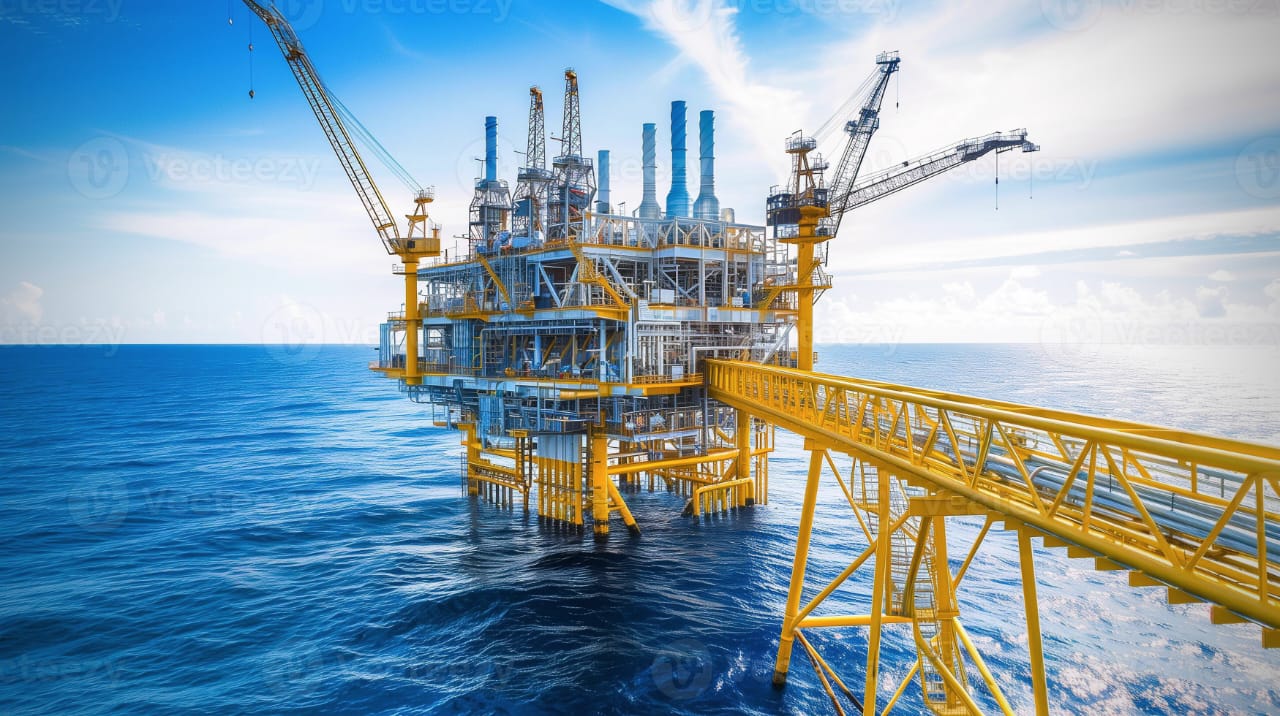
Global Economic Outlook Dims Amid Persistent Inflation and Geopolitical Tensions
The global economic outlook is facing a significant downturn, with major international financial institutions and central banks signaling a period of slower growth, high inflation, and increased uncertainty. Persistent price pressures, exacerbated by ongoing supply chain disruptions, and the escalating geopolitical landscape, particularly the conflict in Ukraine, are collectively contributing to a more pessimistic forecast for various economies worldwide, raising concerns about potential recessions in key markets.
Inflationary Pressures and Central Bank Responses
Global inflation has remained stubbornly high, largely driven by surging energy and food prices, a consequence of both strong post-pandemic demand and supply-side constraints. Consumer Price Index (CPI) figures in numerous advanced economies have reached multi-decade highs, eroding purchasing power and pressuring household budgets. In response, major central banks, including the U.S. Federal Reserve, the European Central Bank (ECB), and the Bank of England, have embarked on aggressive monetary tightening cycles.
The Federal Reserve has implemented a series of significant interest rate hikes, aiming to cool demand and bring inflation back to its 2% target, even as it acknowledges the risk of an economic slowdown. Similarly, the ECB has begun raising rates, facing the complex challenge of taming inflation while navigating a fragile Eurozone economy heavily impacted by energy shocks. Experts like Kristalina Georgieva, Managing Director of the International Monetary Fund (IMF), have repeatedly warned that the “risk of recession is high,” urging policymakers to act decisively but carefully to avoid a prolonged downturn. The rapid pace of rate increases has led to heightened volatility in financial markets, with investors closely watching for signs of both inflation moderation and economic contraction.
Geopolitical Volatility and Supply Chain Disruptions
The war in Ukraine continues to cast a long shadow over the global economy, primarily through its profound impact on energy and commodity markets. Russia’s reduced natural gas supplies to Europe have sent energy prices spiraling, threatening industrial output and exacerbating the cost-of-living crisis across the continent. Sanctions against Russia and counter-sanctions have further disrupted global trade flows, particularly for vital resources like oil, gas, wheat, and fertilizers.
Beyond the immediate conflict, broader geopolitical tensions, including ongoing trade disputes between the United States and China, contribute to a fragmented global economic environment. These frictions complicate efforts to address shared economic challenges and have prompted many businesses to reassess their supply chain strategies, moving away from global optimization towards regionalization and resilience. This shift, while potentially reducing future vulnerabilities, often entails higher costs and can contribute to inflationary pressures in the short to medium term. The World Trade Organization (WTO) has noted a significant slowdown in global trade growth forecasts, attributing it to these intertwined geopolitical and logistical challenges.
Regional Impacts and Future Projections
The economic downturn is not uniform, with various regions facing distinct challenges:
- Eurozone: High energy prices and the proximity to the Ukrainian conflict place the Eurozone at significant risk of recession, with Germany, its largest economy, particularly vulnerable due to its reliance on Russian gas.
- United States: While the U.S. labor market has shown resilience, aggressive rate hikes by the Fed are expected to cool demand substantially, with some analysts forecasting a mild recession in the coming year.
- Emerging Markets: Many emerging economies are grappling with the dual pressures of a strong U.S. dollar (making dollar-denominated debt more expensive) and rising global interest rates, alongside domestic inflationary challenges.
- Asia: While some Asian economies, particularly commodity exporters, may fare relatively better, the global slowdown will undoubtedly impact export demand, and China’s stringent “Zero-COVID” policies continue to disrupt manufacturing and demand.
The IMF’s latest World Economic Outlook projects global growth to slow significantly, downgrading forecasts for most major economies. Analysts from institutions like Goldman Sachs and Morgan Stanley concur that the path ahead is fraught with uncertainty, heavily dependent on the trajectory of inflation, the effectiveness of monetary policy, and the evolution of geopolitical events. The need for international cooperation to manage debt, address food security, and stabilize energy markets is frequently highlighted by global leaders.
The current global economic landscape presents a complex array of challenges, from persistent inflation and aggressive monetary tightening to entrenched geopolitical conflicts and fragmented supply chains. Policymakers worldwide are navigating a narrow path, attempting to curb inflation without triggering deep recessions, a task complicated by external shocks. The coming months are expected to remain volatile, with economic performance heavily contingent on the successful recalibration of monetary policies, the de-escalation of geopolitical tensions, and the adaptability of global supply networks. A sustained recovery will likely require a coordinated international approach to address shared vulnerabilities and foster a more stable economic environment.







